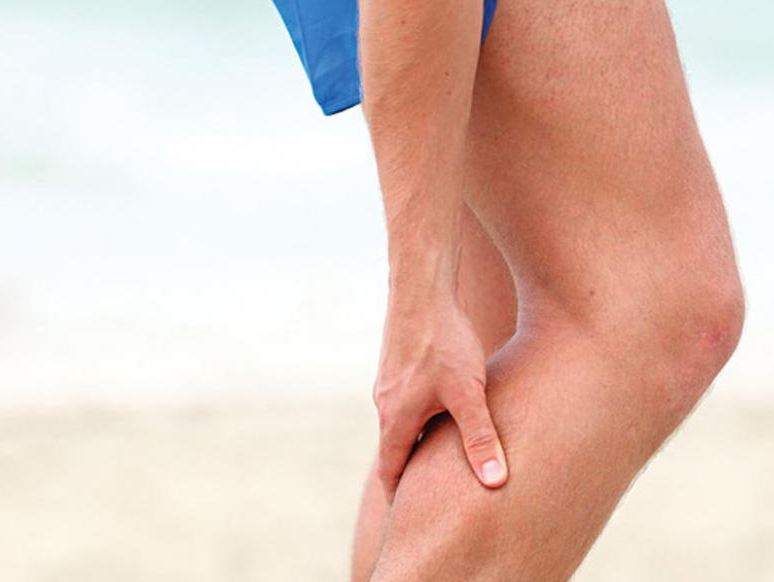 Venous insufficiency or chronic venous insufficiency (CVI) occurs when the valves in the leg veins don’t work properly. CVI can cause problems like swelling or varicose veins. Symptoms and warning signs are subtle in the early stages.
Venous insufficiency or chronic venous insufficiency (CVI) occurs when the valves in the leg veins don’t work properly. CVI can cause problems like swelling or varicose veins. Symptoms and warning signs are subtle in the early stages.
All About Venous Insufficiency
Your heart circulates blood with each heartbeat; the arteries carry that blood to the tissues and the blood returns through the veins. To prevent blood from flowing backwards, veins have tiny valves of tissue that open when the heartbeat pushes blood against them and then close as the heart relaxes. Aging and lack of exercise, as well as medical conditions like pelvic tumors or deep vein thrombosis (blood clots) in the legs, are the most common causes of CVI. Varicose veins result from blood pooling in the veins.
What’s My Risk?
Some people have a higher risk of developing CVI than others, and women are at more risk than men. Vein experts and specialists will tell you CVI is more likely if:
- You have a family history of this condition.
- You are obese.
- During or after pregnancy.
- You stand for long periods.
- You are taller than average.
First Signs
The initial signs of CVI are often subtle. Swelling in the lower legs and ankles, particularly after standing for long periods of time, may be one of the first symptoms. Once the valves in the veins fail, blood begins to pool in the veins and push fluid into the surrounding tissues, which causes swelling. Aching and tiredness in the legs may be another initial symptom. Your legs may itch and tingle, and redness may develop in the lower legs and ankles.
Other Signs and Symptoms
Other signs of CVI may be more visible. New varicose veins may appear and older varicose veins may become worse. The skin in the legs may become leathery, and flaking skin may also occur on the legs and feet. The skin on the lower legs and ankles may become thicker and feel hard. Stasis ulcers are one of the most noticeable signs of CVI. These open sores result from internal inflammation and tissue damage. Stasis ulcers increase the risk of infection and may be slow to heal because of poor blood supply.
The board-certified interventional radiologists at the Intermountain Vein Center can answer your questions about CVI or allay any concerns you might have. Just give us a call.
Anica Oaks
Recent Posts
- Castor Oil For Better Hair Growth: Is It Myth Or Fact?
- Exploring the Differences Between Sermorelin, Ipamorelin, Ibutamoren, GHRP2, and GHRP6: Understanding Their Role in Human Growth Hormone Regulation
- Unraveling the Mystery: Understanding the Causes and Prognosis of Ventricular Tachycardia Without Apparent Heart Disease
- Understanding Grandparents’ Rights in Oklahoma: Navigating Visitation and Legal Protections
- 10 Reasons to Consider Hypnotherapy for Your Health

